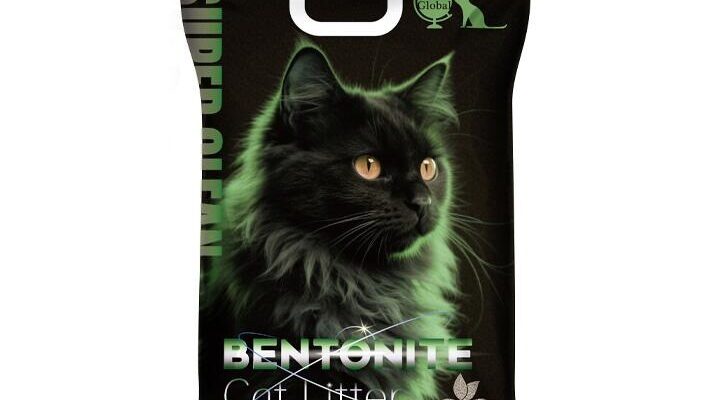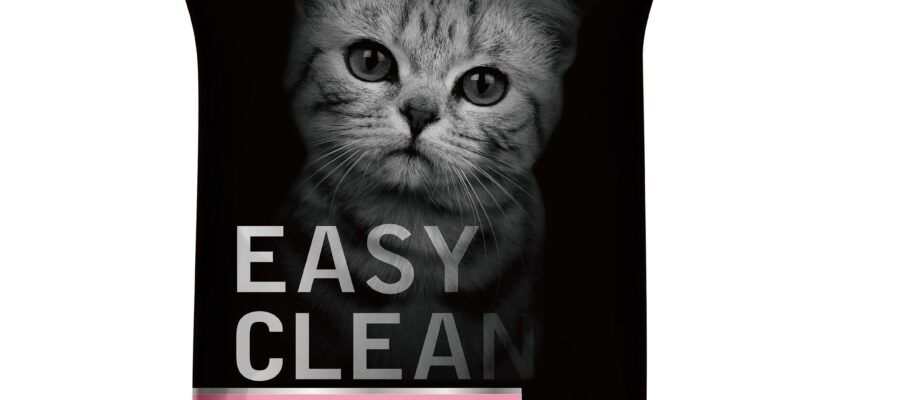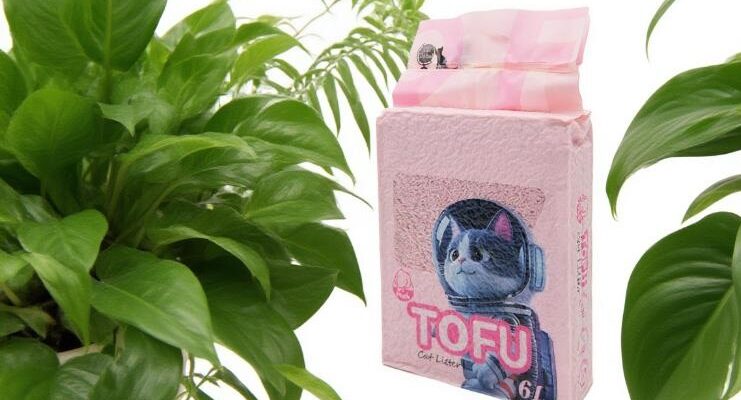Help you pick your cat’s favorite cat litter
Whether you’re a new cat owner or an experienced pet parent who needs more guidance when it comes to choosing your feline friend’s cat litter, we’re here to help you by providing you with this detailed guide on choosing the right kitty litter for your cats. Read on to get all the tips you need for finding the best cat litter:
A Cat’s Fickle Nature Can Determine Their Litter Preference
Your feline can be quite picky about what type of litter they want to do their business in. Some cats may have sensitive paws or other physical limitations that can make your kitty want a specific type of litter. If you adopted your cat from an adoption center, ask the adoption center if your pet has any particular litter preferences or see if you can speak with the previous owners to find out more information about your cat’s habits. If you found and adopted your cat as a stray, you will have to experiment with different types of litter if your pet happens to be fussy about their litter.
Main Factors to Consider When Choosing Cat Litter
When you’re shopping for cat litter, keep the following key characteristics of cat litter in mind so that you can make it easier to pick the right one:
The Basics: Non-clumping vs. Clumping Litter for Cats
Most clumping cat litters have an ingredient called bentonite (comes in various forms like clay and mineral), which absorbs liquid (urine in this case) and forms into clumps, making it easier for you to scoop out from the litter box. One example of this type of litter is Emily Pet’s Premium Bentonite Fast Clumping Dust Free Cat Litter.
Clumping litter tends to last longer compared to non-clumping litter because all you need to do is remove the solids that have formed after your pet has used the litter box. On the other hand, non-clumping litter is difficult to clean out. You will have to dump all the old litter that has been saturated with urine and waste and fill up the litter box with clean litter after approximately 1-2 weeks, which may not be cost-efficient in the long run.





